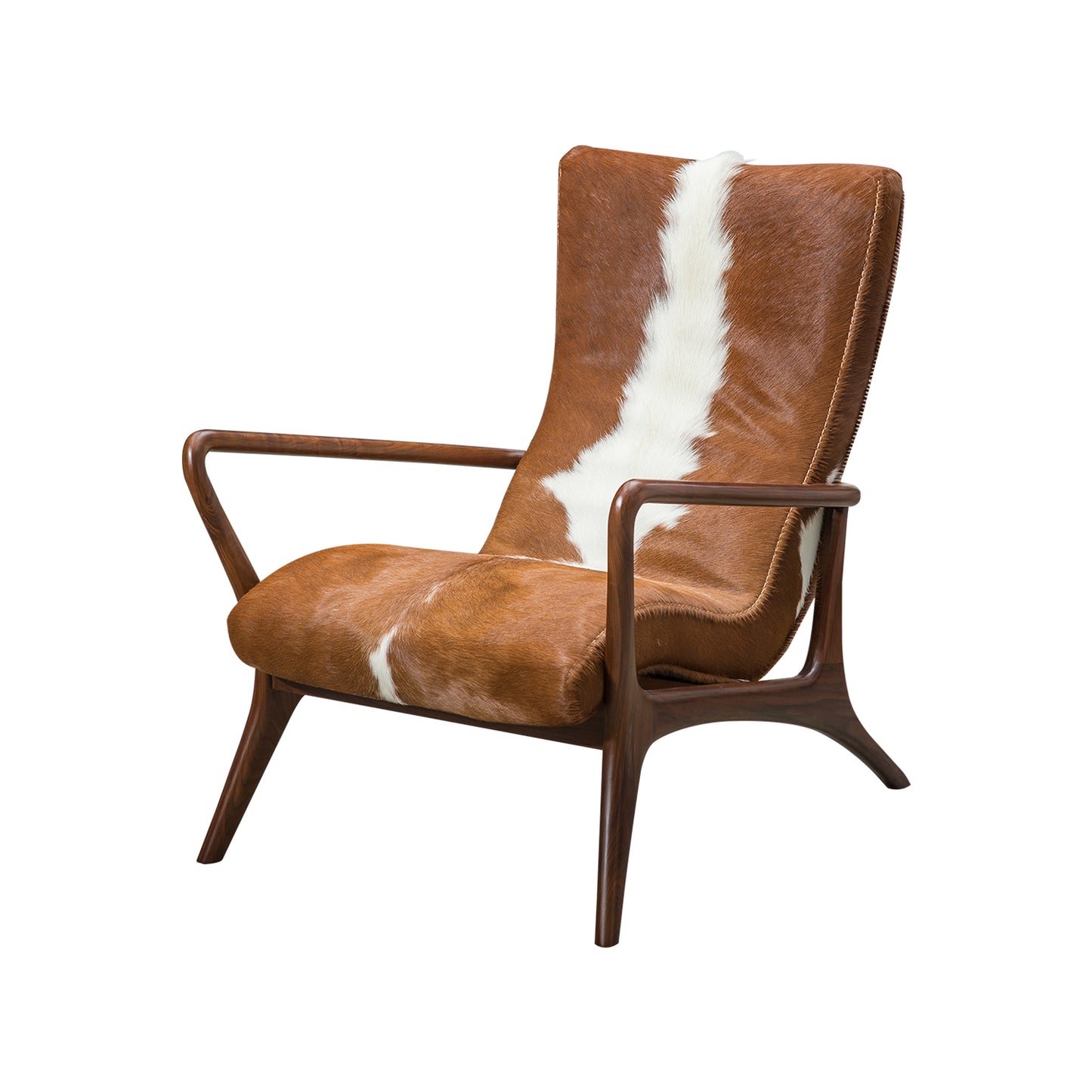The chair has long been a fundamental piece of furniture, serving not only a practical purpose but also reflecting the cultural and aesthetic values of its time. This article delves into the fascinating journey of chair design, tracing its evolution from ancient civilisations to contemporary minimalism.

Ancient Chairs: Function Meets Form
In ancient times, chairs were often symbols of power and status. For instance, the thrones of Egyptian pharaohs were elaborately designed, showcasing intricate carvings and luxurious materials. These early chairs were not merely functional; they were statements of authority.
"The chair is a reflection of the society that creates it." – Unknown
As we explore the ancient Greek and Roman periods, we see the emergence of more accessible designs. The Greek klismos chair, with its curved back and splayed legs, exemplified both comfort and elegance. This chair design influenced many future styles, demonstrating that even in antiquity, aesthetics played a crucial role.
The Renaissance and Baroque Eras: Ornate Designs
During the Renaissance, the chair evolved significantly. Craftsmen began to incorporate elaborate carvings and luxurious fabrics, reflecting the opulence of the time. The Baroque period further pushed the boundaries of chair design, with extravagant forms and bold ornamentation. These chairs were often used in grand settings, reinforcing the idea that furniture could be both functional and a work of art.
- Renaissance chairs featured intricate woodwork.
- Baroque chairs were characterised by their dramatic shapes.
- Both styles emphasised craftsmanship and luxury.
Modernism: The Birth of Minimalism
Fast forward to the 20th century, where the chair underwent a radical transformation with the advent of modernism. Designers like Charles and Ray Eames revolutionised chair design by prioritising functionality and simplicity. The iconic Eames Lounge Chair, for example, combined comfort with a sleek aesthetic, making it a timeless piece.
Modernism challenged traditional notions of what a chair could be. Instead of ornate designs, the focus shifted to clean lines and innovative materials. This era paved the way for contemporary minimalism, where the chair is often stripped down to its essential form.
Contemporary Chairs: Sustainability and Innovation
Today, the chair continues to evolve, with a strong emphasis on sustainability and innovation. Designers are increasingly using eco-friendly materials and production methods. For instance, the Eco-Friendly Chair showcases how modern design can harmonise with environmental consciousness.
Moreover, technology plays a significant role in contemporary chair design. Smart chairs equipped with features like adjustable settings and built-in speakers are becoming popular, catering to the needs of a tech-savvy generation.

Conclusion: The Future of Chair Design
As we look to the future, the chair will undoubtedly continue to evolve. With a focus on sustainability, innovation, and user experience, the next generation of chairs promises to be as functional as they are aesthetically pleasing. Whether you prefer the ornate styles of the past or the sleek lines of modern minimalism, the chair remains a vital part of our living spaces.
For a deeper understanding of chair design, consider watching this insightful video on the evolution of chair design.







